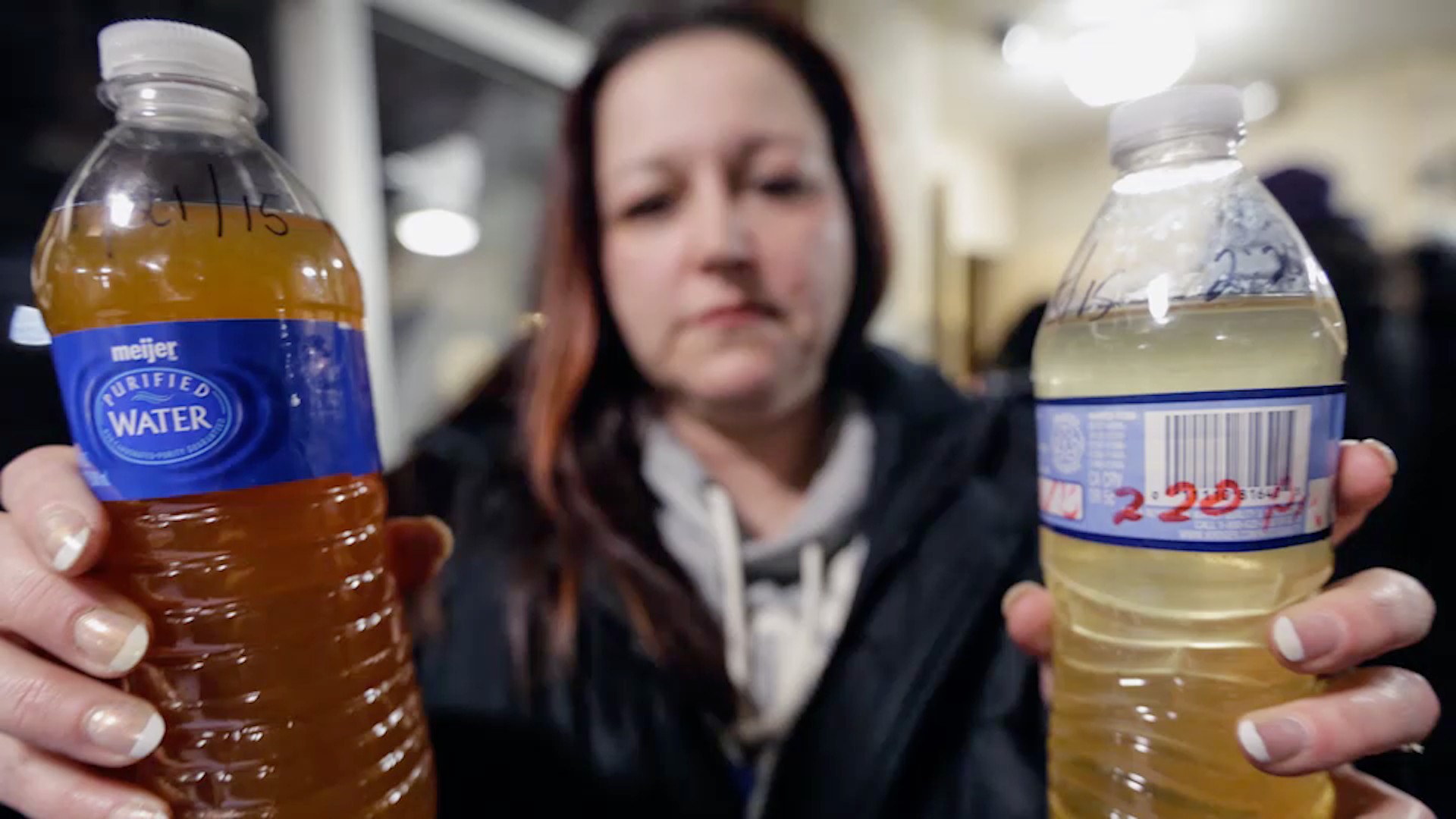Image via the EPA. Map represents the 10 different regions that states are organized by the EPA.
Water quality and availability is an important global issue, one that affects the lives of literally everyone. But with recent headlines about the ongoing water crises in places like Flint, Michigan and Corpus Christi, TX, it has become clear that for millions of Americans water quality is an urgent issue too. According to a report released by Reuters last year, there are almost 3,000 locales in the United States with at least double the amount of lead contamination found in Flint's water. The Center for Disease Control maintains that there are 4 million households across America where children are being exposed to high levels of lead, and an estimated half million children living with elevated levels of lead in their systems. Clearly, this is an issue which should concern every American, regardless of your zip code.So—where do you even start if you're concerned about the quality of your drinking water? We've rounded up some valuable resources and tips to help ensure you're living with the highest quality of drinking water possible.Each year, the US Environmental Protection Agency (EPA) requires every water agency across the country to supply its consumers with a Consumer Confidence Report (CCR). This report should hit your mailbox around July 1, and come directly from your local water company. The CCR details water quality, where your water is sourced, how it is treated, any contamination found, and what health risks (if any) might come from drinking your tap water.The EPA also aggregates all CCRs and makes them available on its website just in case you don't check the mail.The EPA's comprehensive list can be a bit overwhelming to sort through, so you may want to simply head to your water company's website where they are required to post their Consumer Confidence Report too. This is the quickest and easiest place to start if you're concerned that your water might be unsafe for drinking.
Check out more videos from VICE:
The Water Quality Portal is a national database sponsored by the EPA, the United States Geological Survey (USGS), and National Water Quality Monitoring Council (NWQMC). Through comprehensive, aggregated data, The Water Quality Portal provides a county by county breakdown of water quality in the US.You can also check out the EPA's Safe Drinking Water Information System (SDWIS), which specifically tracks public water systems and any violations of the EPA's drinking water regulations. Head to their Geography Search map, and click on your state. The database will then give you options to search by county, city or water system. It's as easy as that.If you're still concerned about possible lead contamination in your water and need to find out immediately, get your water tested in a certified laboratory. It sounds like a lot, but you can contact your local water supplier, or call the EPA's Safe Drinking Water Hotline (800-426-4791) for a list of viable labs close by. Water testing is relatively inexpensive, usually costing between $20 to $100. It's a small price to pay for peace of mind, and potentially life-saving information.If lead or other toxins have been found in your drinking water, there are even more immediate actions you can take to reduce and/or eliminate your consumption of contaminated water.First of all, if bottled water is readily available, stock up on your supply (though having to rely on bottled water is far from ideal). You can also purchase water filters or treatment devices for your home, in order to reduce lead or other toxins. The Environmental Working Group, a national environmental advocacy group, maintains an up-to-date Water Filter Buying Guide, which allows you to search all available water filters on the market to determine which will be most effective for your needs.If lead has been found in your home's drinking water, it's also a good idea to flush out your pipes before using your water to drink or cook. The longer water sits in your pipes, the more time lead has to accumulate, and the higher the level of contamination. Let your tap run for thirty seconds to two minutes before using your water, to reduce your lead exposure. Also, make sure to only use cold water—as hot water typically contains higher levels of lead. Though boiling water works to eliminate some contaminants, it is not effective in reducing or eliminating lead from your water supply—so don't think that boiling your water will protect you. Showering with lead contaminated water is safe, however, as lead is not absorbed through the skin.For any important questions you still have about the safety of your drinking water, call the EPA's Safe Drinking Water Hotline at 1-800-426-4791. And reach out to your local municipal officials to get the latest information on efforts to ensure your city or town has the best possible water. Through vigilance, action and information—we can empower ourselves in the fight to keep our drinking water clean.
Advertisement
Start With Your Water Company
Check out more videos from VICE:

Consult These Interactive Maps
Advertisement
